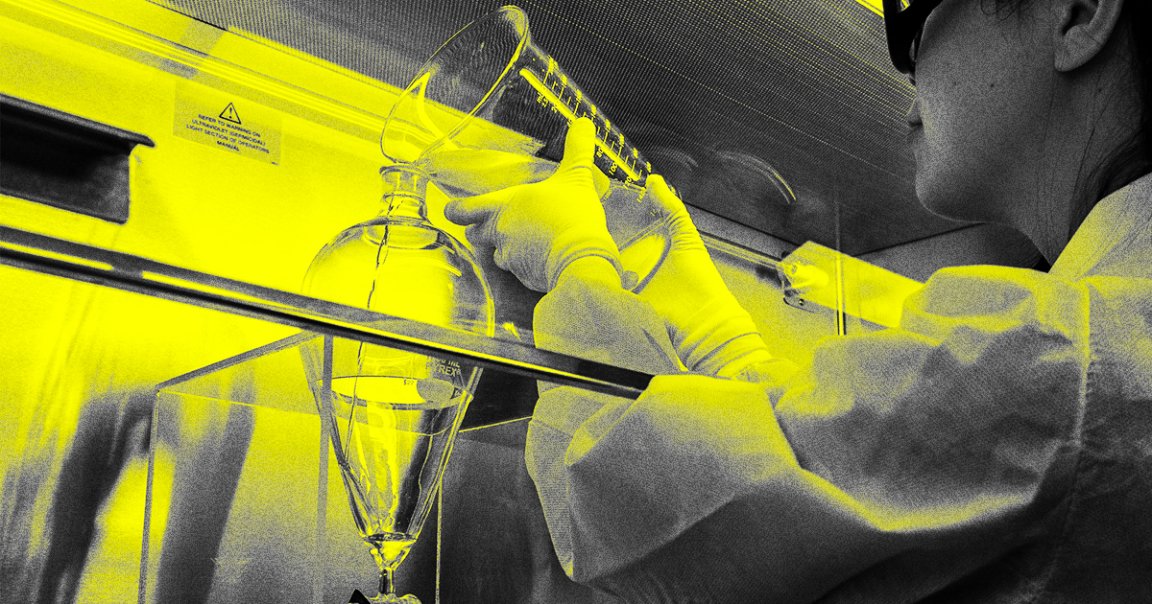
Over the last year, you’ve probably heard a lot about the Wuhan Institute of Virology (WIV), a research laboratory that’s implicated in some theories about how the coronavirus pandemic began.
While the origins of the pandemic remain mysterious, it turns out that a lab leak, or the accidental release of a dangerous pathogen from a research facility, is disturbingly likely, according to an essay in The Conversation penned by King’s College London biological threats researcher Filippa Lentzos and George Mason University biodefense director Gregory Koblentz.
In the essay, the duo say that of the world’s 59 biosafety level 4 (BSL4) labs in the world — facilities that study the most dangerous pathogens out there — only about 25 percent have adequate biosafety and biosecurity protocols in place.
Most countries with BSL4 labs also fail to regulate dual-use research, or experiments on pathogens that are conducted for benevolent purposes but could be misused for malicious or military applications. Also, very few regulate gain-of-function research, which is a field of study that makes pathogens stronger or deadlier.
“This is particularly concerning as gain-of-function research with coronaviruses is likely to increase as scientists seek to better understand these viruses and to identify which viruses pose a higher risk of jumping from animals to humans or becoming transmissible between humans,” the authors wrote in The Conversation.
The startling revelation that the global network of research laboratories handling extremely dangerous pathogens have flimsy safety protocols doesn’t prove anything about how the coronavirus pandemic began, of course.
The lab leak hypothesis saying that SARS-CoV-2 escaped from the WIV may very well be impossible to prove or debunk once and for all. But the fact that China hasn’t joined the International Experts Group of Biosafety and Biosecurity Regulators, a coalition of federal regulators sharing best practices and establishing research safety guidelines across national borders, certainly adds fuel to the fire.
Though, to be fair, only 40 percent of the countries with BSL4 labs did bother joining the group, according to the essay, and none have opted into the biorisk management system that the group introduced in 2019 to help labs improve safety.
“While the COVID-19 pandemic has served as a stark reminder of the risks posed by infectious diseases and the importance of a robust biomedical research enterprise for saving lives, we also need to keep in mind that such research can carry risks of its own,” the essay’s authors wrote. “Good science and smart policy, however, can keep those risks in check and allow humanity to reap the benefits of this research.”